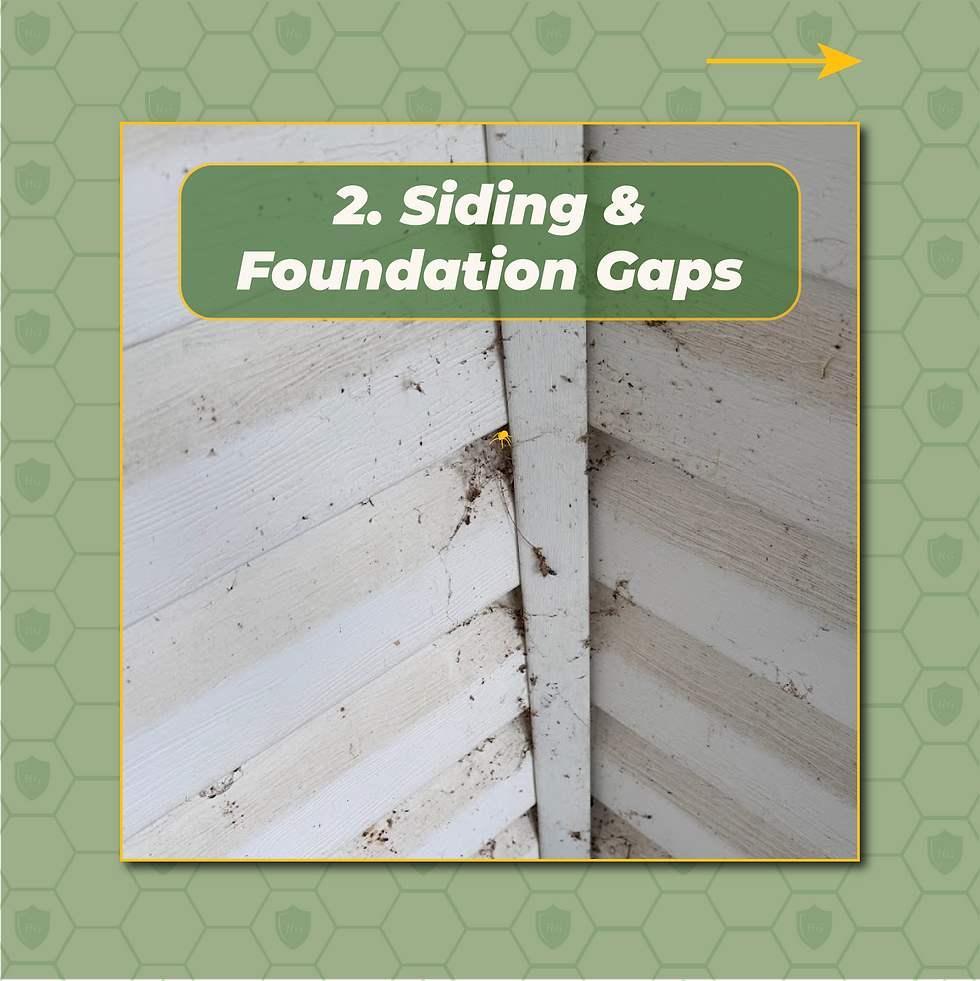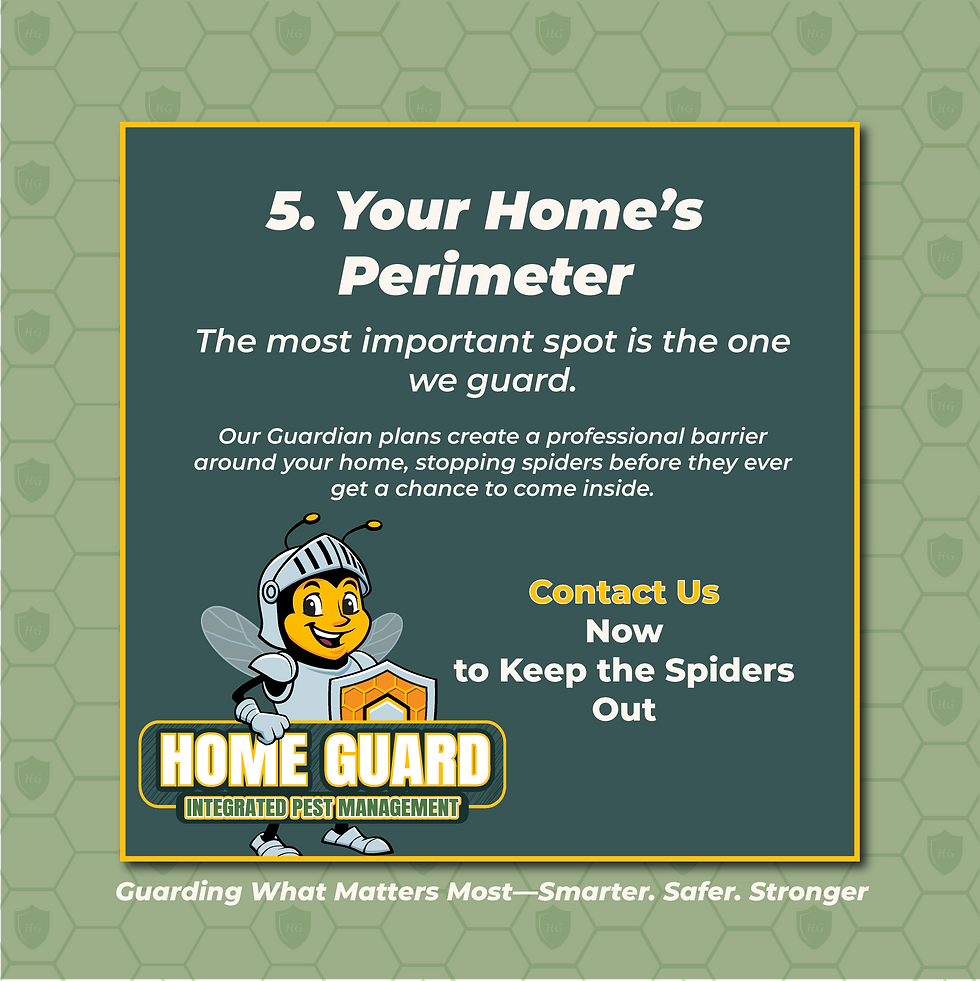A Homeowner's Guide to Spider Prevention Tips for Central Ohio
- Eric Curavo
- Jul 26
- 3 min read
Updated: Jul 30
Walking through an unexpected spiderweb on your porch is a classic, unpleasant Central Ohio experience. While most common house spiders are harmless, nobody wants them setting up shop in and around their home. The key to a web-free home isn’t just reacting to the spiders you see; it’s about understanding where they thrive and being proactive. As your consultative pest control partner, we believe in empowering homeowners with effective spider prevention tips. This guide will walk you through the five most common hiding spots for spiders and provide actionable advice to fortify your home.

5 Common Hiding Spots for Spiders (and How to Handle Them)
Spiders are opportunistic and will build webs anywhere they can find shelter and a steady supply of food. Here are the top five areas to focus on for your spider prevention tips and efforts.
1. Undisturbed Clutter (Basements, Garages & Attics)
Spiders love quiet, dark, and cluttered areas. Storage boxes in your basement, forgotten corners of the garage, and undisturbed attic spaces are perfect environments for them to build webs and lay eggs.
Prevention Tip: Regularly organize storage areas. Use sealed plastic bins instead of cardboard boxes, which attract other pests that spiders feed on. A seasonal declutter can dramatically reduce their hiding spots.

2. Siding & Foundation Gaps
Small cracks and gaps around your home's foundation or under the siding are the main highways for spiders and other insects to get inside. A tiny opening is all they need.
Prevention Tip: Do a walk-around of your home each season specifically looking for and sealing small cracks with caulk. Pay close attention to where utility pipes and wires enter your home. This is a core part of professional pest exclusion.

3. Exterior Light Fixtures
Your porch lights and wall lanterns attract a nightly buffet of moths, flies, and other insects. Spiders are smart and know this, so they build their webs nearby for a guaranteed, easy meal.
Prevention Tip: Switch your exterior bulbs to yellow "bug lights," which are less attractive to flying insects. Also, regularly clean away any existing webs from your light fixtures to discourage spiders from rebuilding.

4. Overgrown Landscaping
Dense bushes, ivy, and other vegetation planted too close to your home's foundation create a perfect, sheltered "pest motel" for spiders to live, hunt, and hide from predators.
Prevention Tip: Trim all bushes and tree branches so they are at least one foot away from your home's exterior. This eliminates the "bridge" that spiders and other pests use to get onto your house.

The Ultimate Spider Prevention Tip: Professional Perimeter Defense
While these spider prevention tips can make a big difference, the most effective way to keep your home protected is with a professional barrier. Our Guardian service plans are designed to stop spiders and other pests before they ever get a chance to come inside. Our licensed technicians apply a targeted, family-safe treatment to your home's perimeter, creating a shield that lasts.
If you're tired of constantly fighting a losing battle against cobwebs, contact Home Guard IPM today for a free consultation. Let us help you fortify your home.






